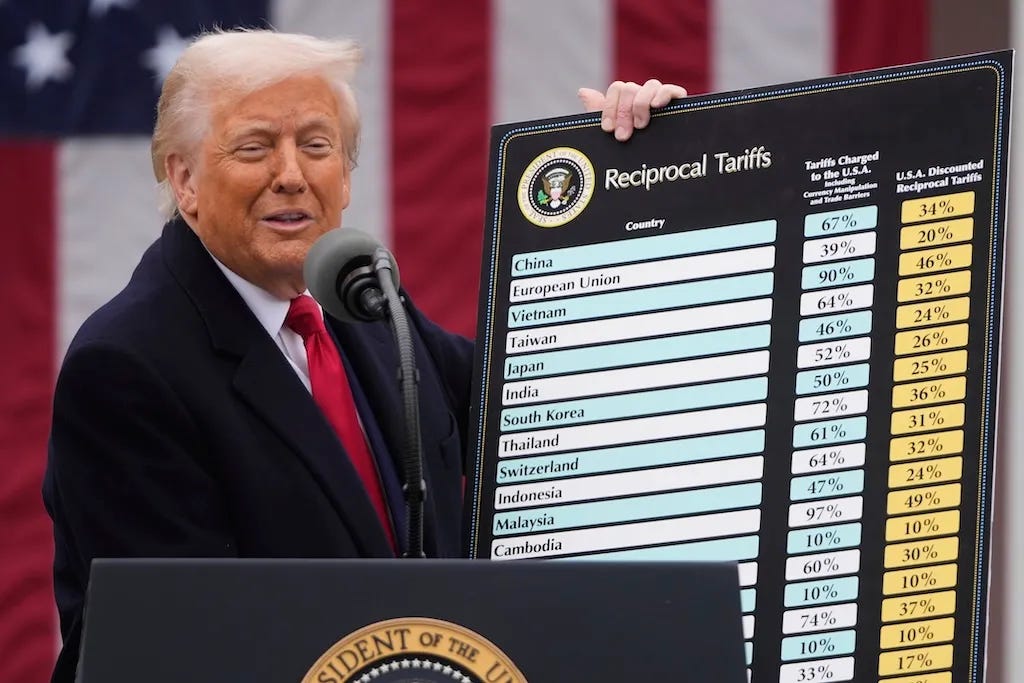Tariffs Recap
Breaking Down the Key Points From Oral Argument
On Wednesday, the Supreme Court deeply probed President Trump’s use of emergency tariffs. Even in the face of a loss, this case is a win-win for the administration.
Welcome back to Lex Liberas, my humble blog on the Constitution, the law, and therefore constitutional law. On Sundays, I send out a free newsletter, and on Fridays such as these, I add some commentary to significant constitutional questions.
Today, I will interrupt my usual “constitutional solutions” programming to brain-dump my takeaways from listening to the nearly three-hour oral argument in the tariffs cases. A decision will likely come down in a few weeks, so understanding the core issues will be critical. I will resume the expected programming next week with an in-depth look at Article V, a subject I cannot wait to discuss and am sorry to delay.
Alright, let’s dive in.

Before diving into the details of the argument, a little table setting is in order. The tariffs cases are two consolidated cases (Learning Resources v. Trump and Trump v. V.O.S. Selections) that challenge President Trump’s use of tariffs under the International Emergency Economic Powers Act (IEEPA). Notably, they do not challenge any other statute, as President Trump has not yet relied on one of the many other tariff-granting statutes he has at his disposal. There are three main questions at play: 1) Does IEEPA grant the president the power to tariff, 2) If so, is that grant constitutional, and 3) If so, did President Trump meet the statutory qualifications for these specific tariffs? The last question received almost no attention at the Court, and therefore does not merit much here. The first two are extremely important, and will take up most of this post.
Keep reading with a 7-day free trial
Subscribe to Lex Liberas to keep reading this post and get 7 days of free access to the full post archives.


